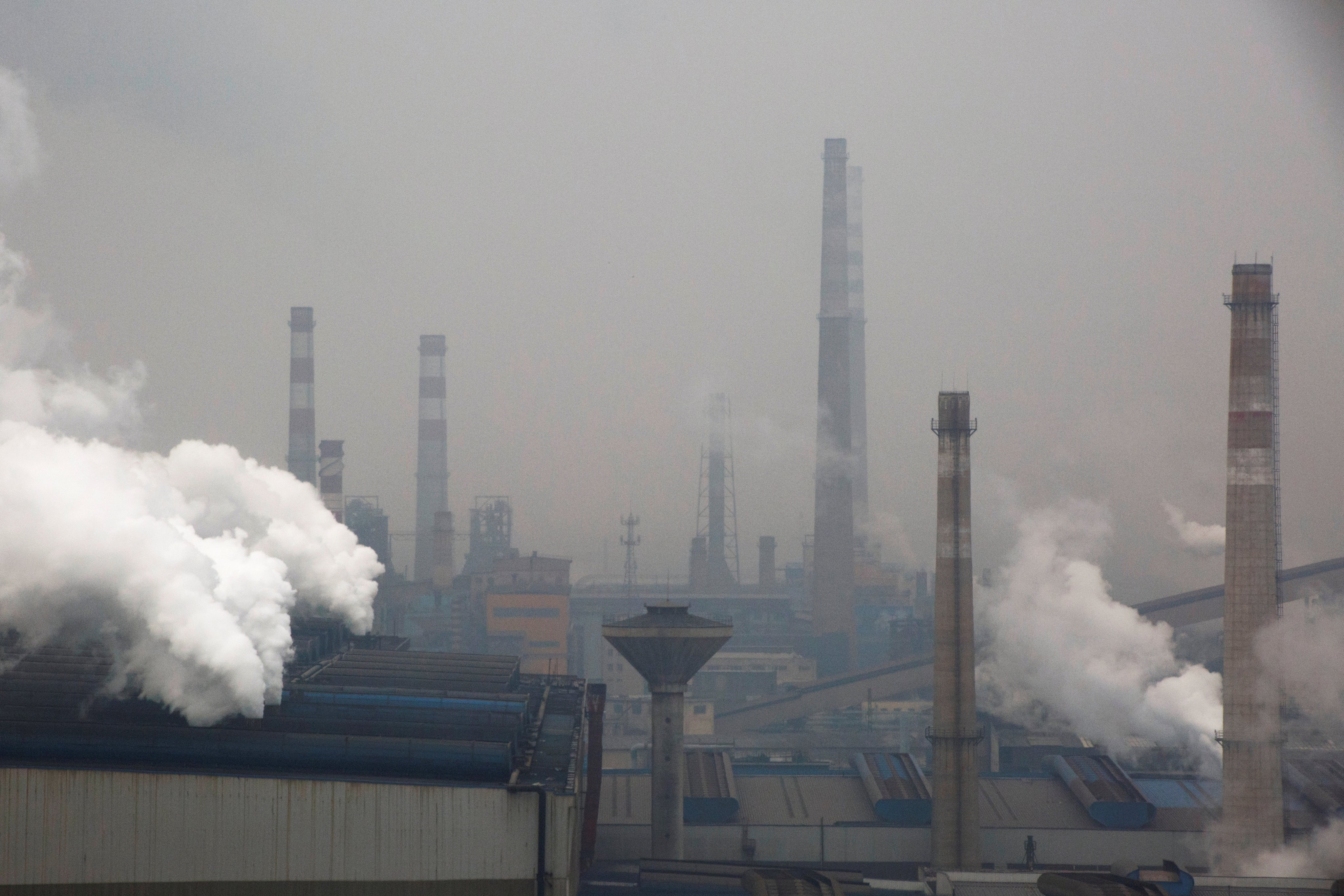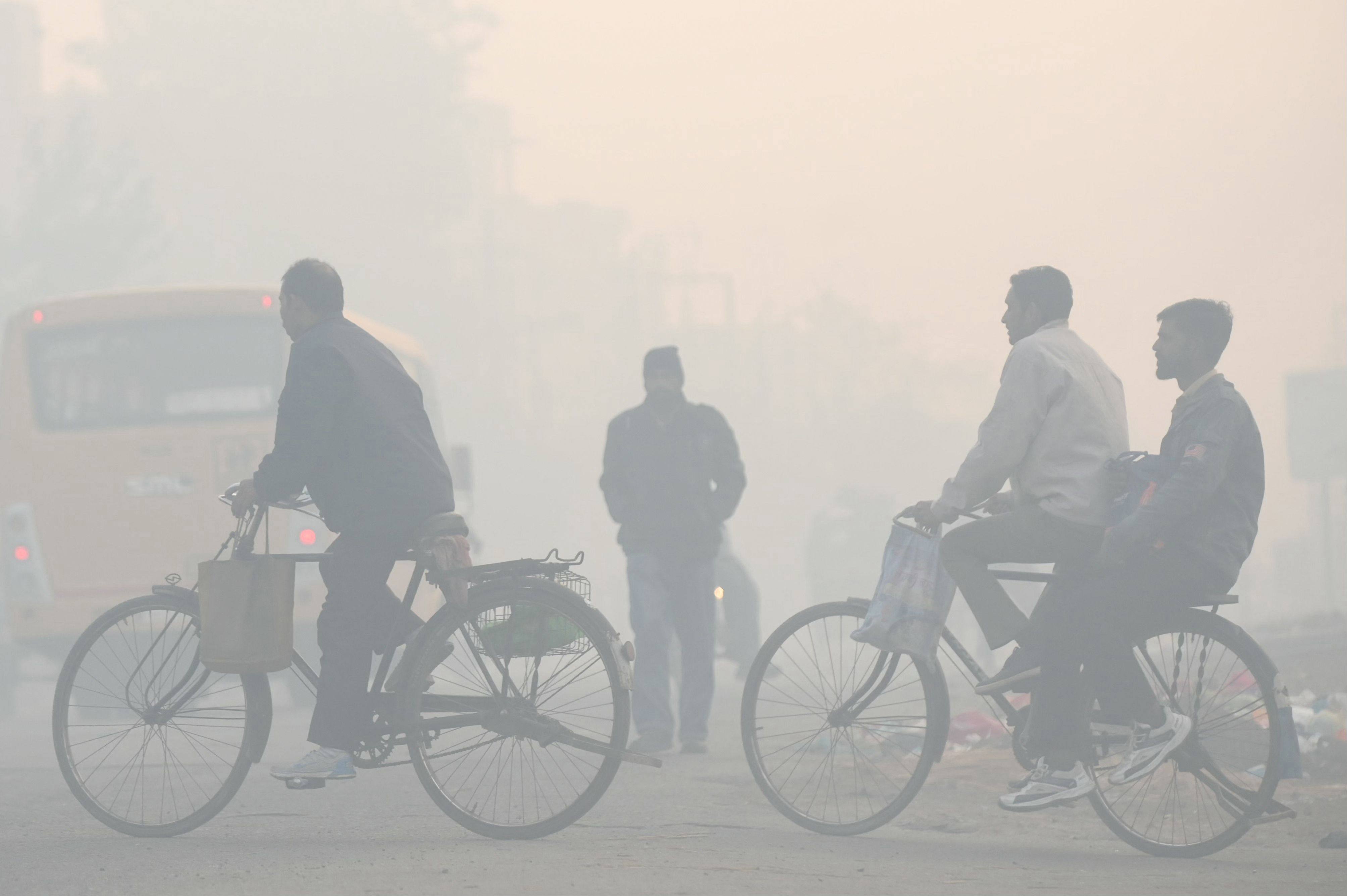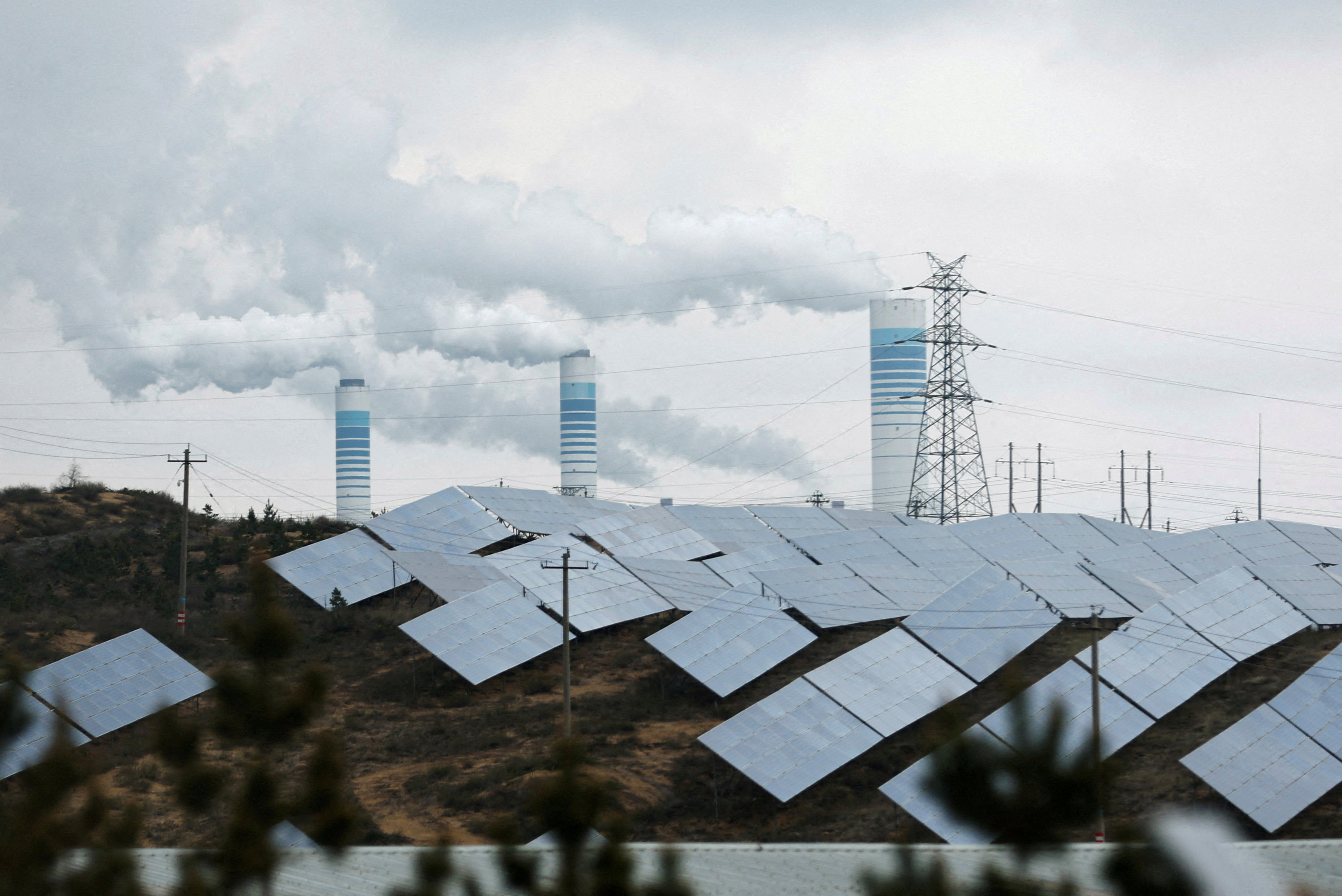
Topic

Latest news and analysis about the degradation of the air quality, water, marine environment and soil in China.
- South China will be among areas at risk as high nitrogen levels continue to deplete clean water supplies, researchers in Germany and Netherlands say
- Modelling study shows need for urgent proactive pollution control strategies, team says in paper for Nature Communications
The main goal of a new plan, published by the State Council, is to reduce the most harmful small particles in the air by 10 per cent by 2025.
In the 30 days through November 9, levels of hazardous microparticles known as PM2.5 averaged 14 times higher in New Delhi than in Beijing, according to air-quality tracker IQAir.
A new national backup system for coal production will seek to stabilise prices and ensure sufficient supplies as energy security is increasingly prioritised across the country.
China’s bamboo forests span far and wide, presenting a more sustainable raw material for products in lieu of high-emitting plastics, but several confounding factors stand in the way of universal adoption.
Authorities turned blind eye to environmental violations at Qaidam Basin in Qinghai province, inspectors say.
Record clean energy installations could help China’s power sector to reach peak emissions in the next two years, but continued investment in coal-based capacity and a lack of firm emissions targets could undermine optimism about the country’s green transition, according to climate researchers.
Big oil and gas companies in China and elsewhere are using low-quality carbon offsets to ‘greenwash’ their imports of natural gas while failing to make strong emissions cutting commitments, Greenpeace says.
In what could be the largest lawsuit by value in the country’s real estate sector, Lujiazui Corp sued Suzhou Steel Group and four government and research organisations, saying 14 sites in Suzhou have worse pollution than was disclosed.
China is expected to add 290GW in renewable energy capacity in 2023, nearly double what it added last year, according to a new report
To achieve its stated objectives of carbon peak by 2030 and carbon neutrality by 2060, China is eyeing the widespread adoption of hydrogen fuel as a clean energy source. Its potential is on the rise – but so is demand.
Visiting the Zhegu Wind Farm in Tibet could literally take your breath away at well over three miles above sea level, and Beijing sees it as an ideal place for a power play in its energy-security push.
As the world’s top producer of plastic waste, China is transforming its bamboo industry using advanced technology to create biodegradable products.
A sprawling illegal waste dump, festering for eight years despite repeated complaints from locals, has become a focal point in a government push to stop the misuse of agricultural land.
Readers discuss the urgent need to accelerate steps to combat air pollution, Hong Kong’s response to Japan’s release of waste water from the Fukushima nuclear power plant, and the steep rise in food prices in India.
One of China’s biggest food delivery services increased the frequency of orders without single-use tableware by more than 600 per cent through ‘green nudge’ encouraging users to opt out, and the practice could save millions of tonnes of plastic if adopted by others.
California signed its most recent pact with the Chinese province of Hainan in August, including academic cooperation on air pollution, carbon neutrality and zero-emission vehicles.
While most of the planet’s 20 largest economies managed to reduce the amount of carbon dioxide they churn out by using coal to generate electricity, China emitted 3.10 tonnes per head of population last year, up 30 per cent from 2.38 tonnes in 2015, the report found.
China will set up a recycling system for ageing solar panels and wind turbines in an effort to tackle millions of tonnes of equipment slated for retirement in the coming years.
Beijing’s energy-security plans seen signalling a shift away from a decarbonisation approach now considered too radical and partly to blame for China’s power shortages in recent years.
The European Union’s new Carbon Border Adjustment Mechanism will make it more expensive for trade partners with higher levels of emissions, including China.
Huge processing vessel undocks as a chorus of calls and suggestions flag energy security pitfalls and seek action from Beijing at a time of internal and external uncertainties.
Chinese companies and local governments are using incentives to promote low-carbon living, but for the behaviour to become mainstream and align with the nation’s net-zero goal requires a streamlined and scientific approach, analysts say.
China, a nation of 1.4 billion people, is facing a demographic dilemma. Its population is declining, ageing, and has more men than women. Together they present complex challenges for the world’s second-largest economy.



































